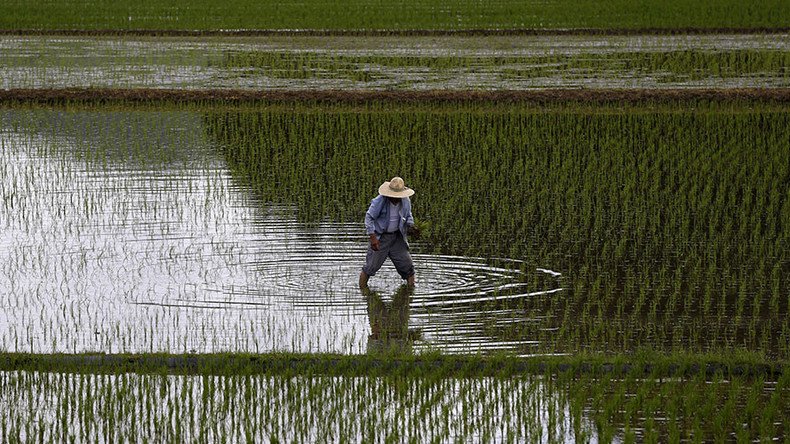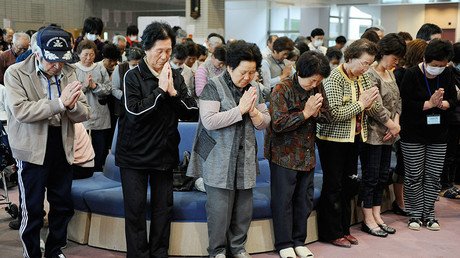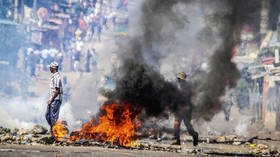Fukushima village farmers plant rice for 1st time since nuclear disaster

Farmers have begun planting rice in a village in Fukushima Prefecture, Japan, for the first time since the 2011 nuclear disaster contaminated the soil with radiation, leading to forced evacuations.
Eight farms in the village of Iitate plan to resume rice-growing this year in a combined area of about 7 hectares, the Japan Times reported. That area is significantly smaller than the 690 hectares available to farmers before the Fukushima disaster.
It marks the first time since the area was evacuated that farmers have been able to plant rice for commercial sales. Evacuation orders were lifted at the end of March for parts of the village.
The farmers will conduct radiation tests on the rice before shipping it to retailers. However, no rice grown in Iitate has shown radioactivity levels beyond the safety standard since experimental planting began in 2012.
Meanwhile, the government also took steps to encourage evacuees to return to the area on Wednesday, with an upper house committee passing a bill aimed at boosting governmental support so that displaced individuals can return to their homes earlier than planned.
The bill, which is expected to soon be passed by the upper house plenary session, will allow the government to fund more infrastructure rebuilding in the area, including roads and removing radioactive substances.
Also on Wednesday, the mayor of Minamisoma, Fukushima Prefecture, called on Prime Minister Shinzo Abe to introduce an advanced medical care system in the city, which is located north of the Fukushima Daiichi nuclear plant.
Minamisoma is also developing a system which will give residents access to doctors online, in an effort to quell health concerns.
In March 2011, an earthquake and subsequent tsunami led to the meltdown of three nuclear reactors at Fukushima Daiichi, making it the worst nuclear disaster since the Chernobyl catastrophe in 1986.













